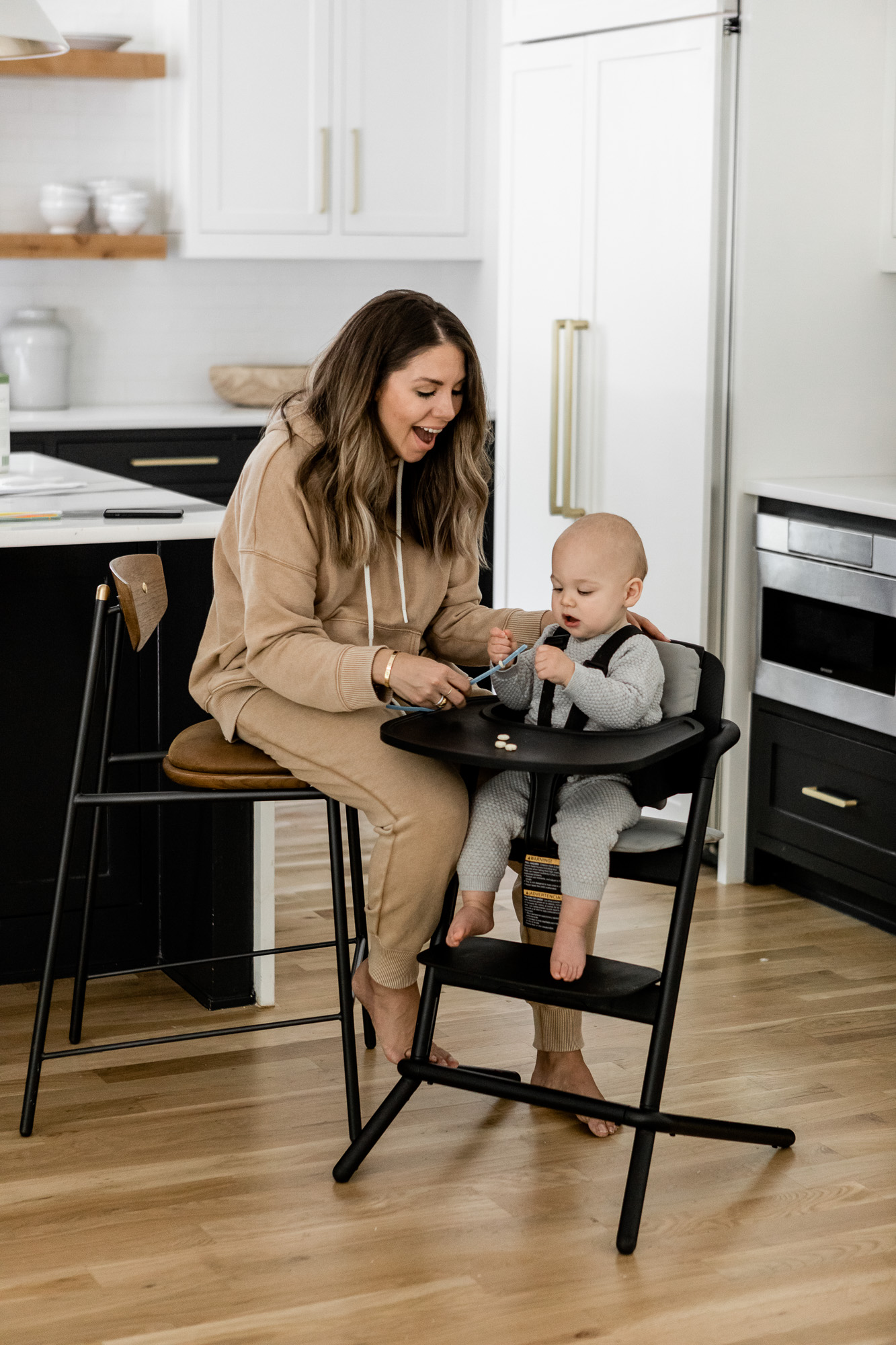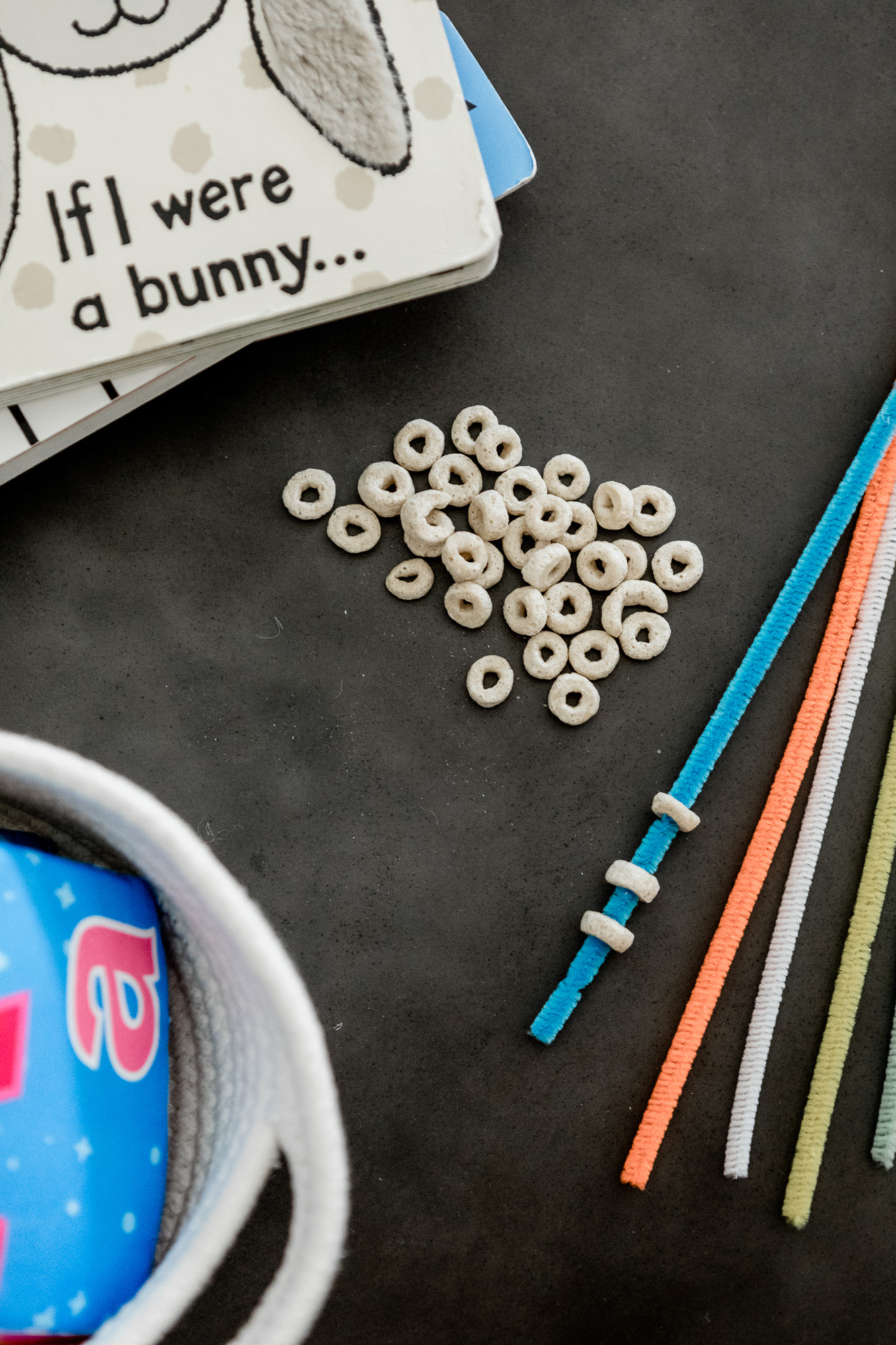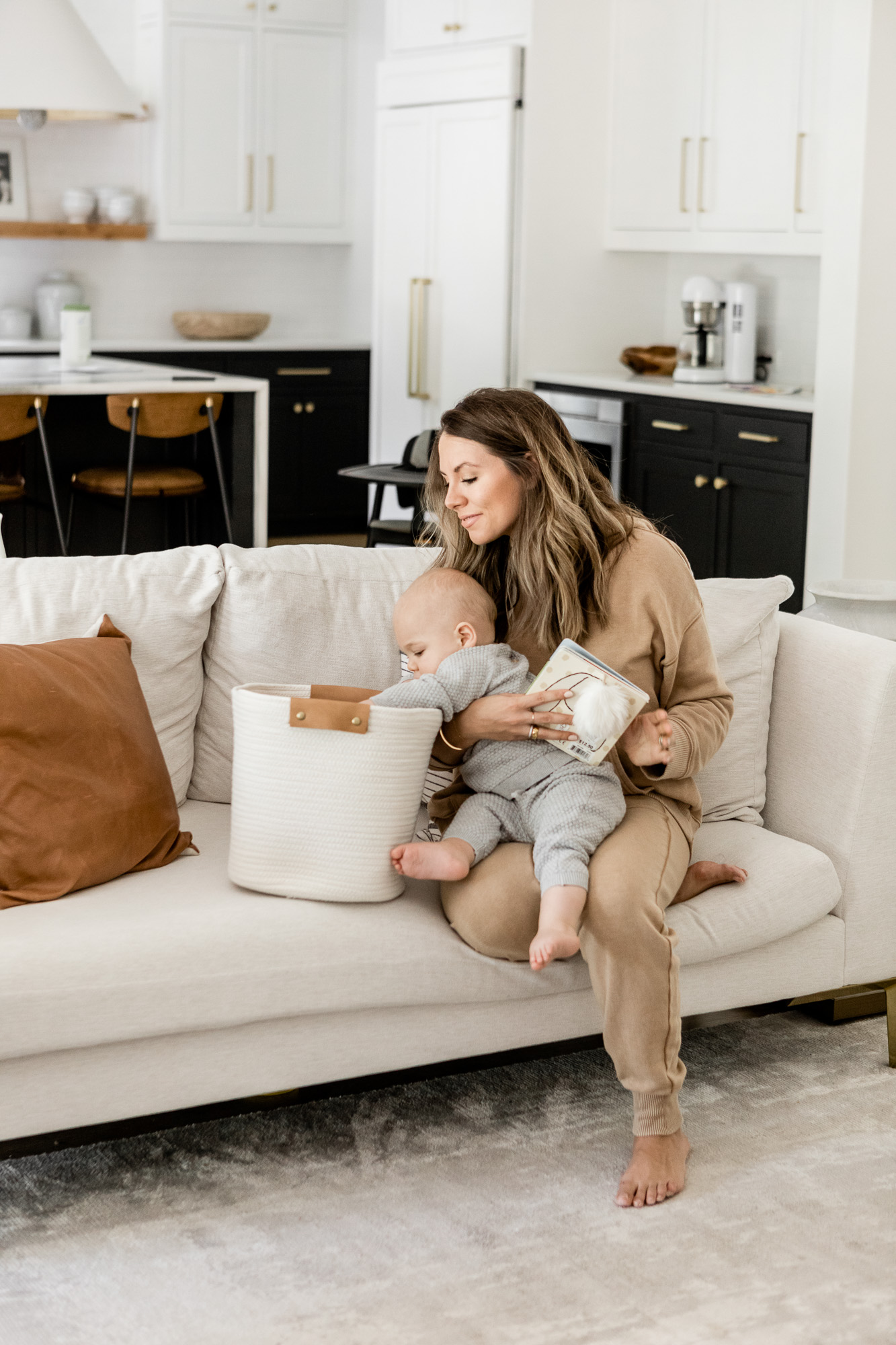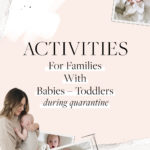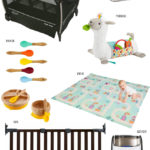
 If you’ve been a TTD reader for a while, then you know I used to be a Kindergarten and first grade teacher. And with everything going on in the world right now, I’ve been thinking about my fellow teachers quite a bit, as well as all the kids and parents at home trying to keep some version of their normal school routine going. I’ve been trying to find small ways to use my experience with kids as a teacher to create some resources for you all, so I hope today’s post is helpful as I share a few educational ideas for kids during quarantine.
If you’ve been a TTD reader for a while, then you know I used to be a Kindergarten and first grade teacher. And with everything going on in the world right now, I’ve been thinking about my fellow teachers quite a bit, as well as all the kids and parents at home trying to keep some version of their normal school routine going. I’ve been trying to find small ways to use my experience with kids as a teacher to create some resources for you all, so I hope today’s post is helpful as I share a few educational ideas for kids during quarantine.
And if you’re a parent reading this, I feel your struggle. I can’t imagine doing this quarantine with George in school and Austin and I being responsible for teaching him and working and managing everything else going on. Life is hard right now but we’ll get through it together. Hopefully these ideas not only help your child learn but give you a few moments to yourself. And remember, I have a ton of resources on my Classroom Pinterest Board.
xx Ashley
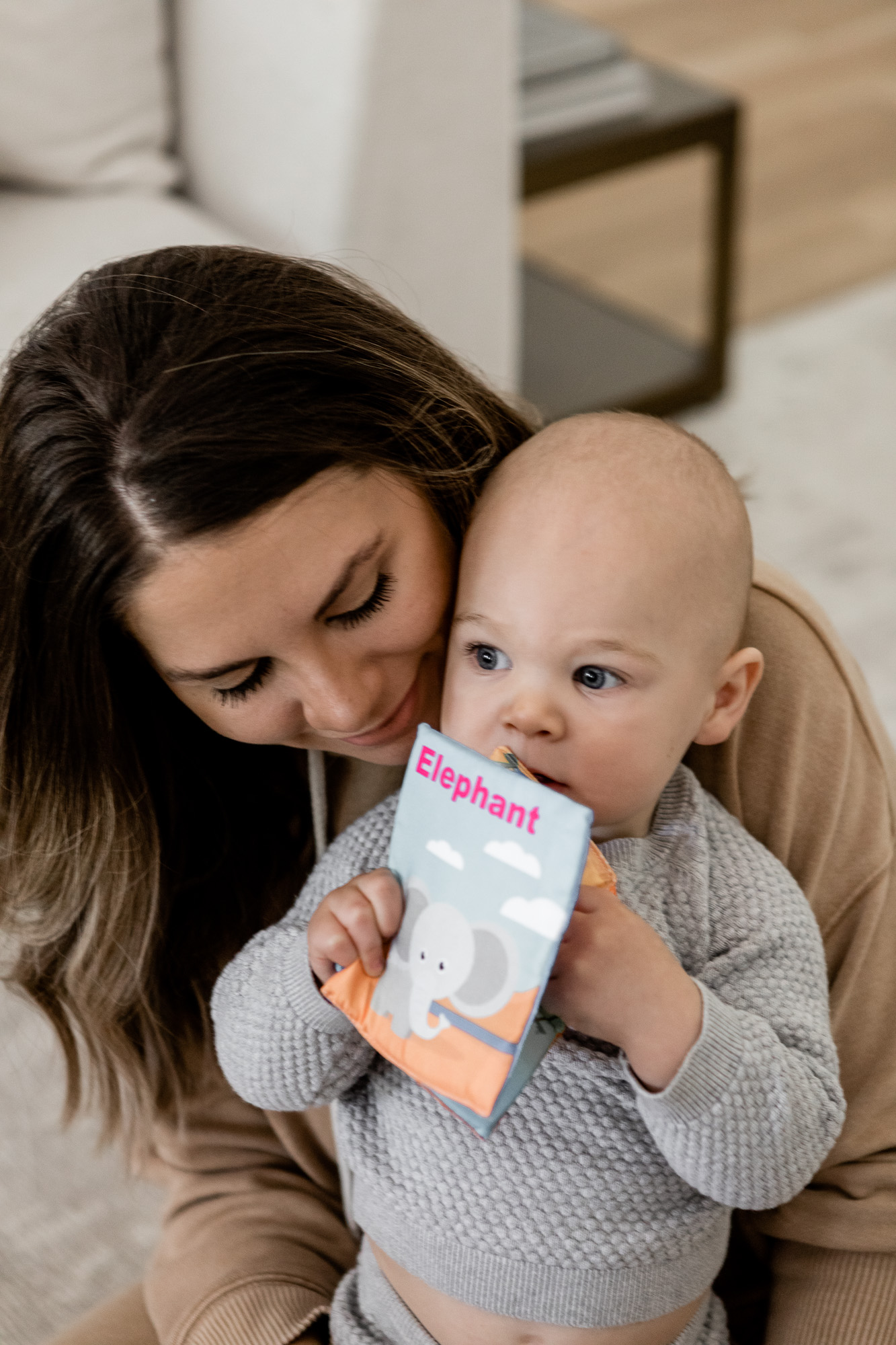
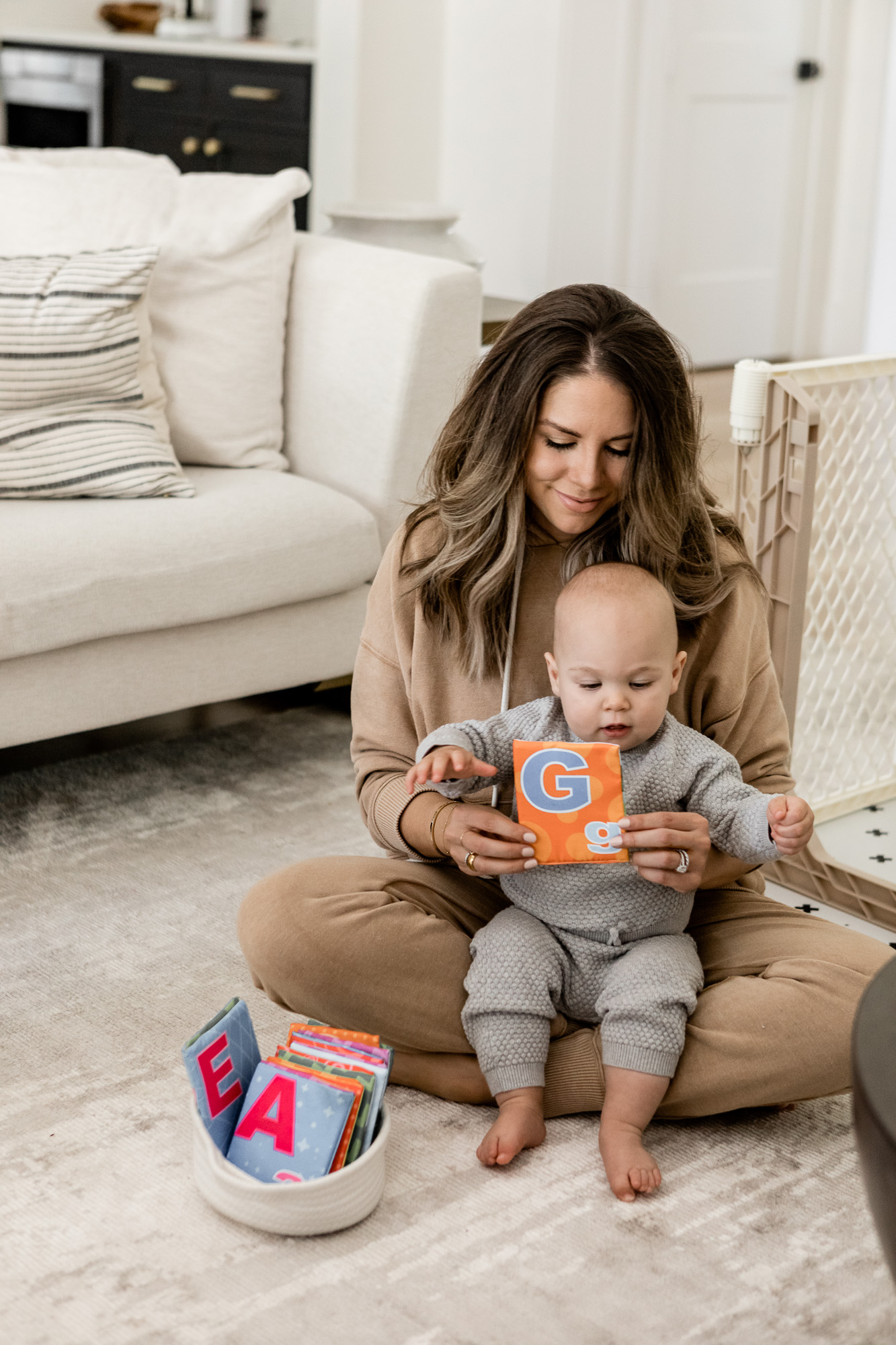
FLASH CARDS
Flash cards are a great, trusty activity for kids pre-k and up. And you can make them yourself, so it doubles as a small craft project too! All you have to do is use index cards to write numbers, letters, shapes or colors (depending on the age of your kids and their learning level). Then, as you go through the deck, have your kids find items in your home (or backyard if it’s nice!) that represent the word or number on the card. I recommend slipping in a few fun surprises on some of the cards like “go on a walk” or “dance party with dad” to keep things interesting as they go through them. The ones we are using here are nice because they are water proof and squishy so George can inevitably bite on them and they won’t be ruined.
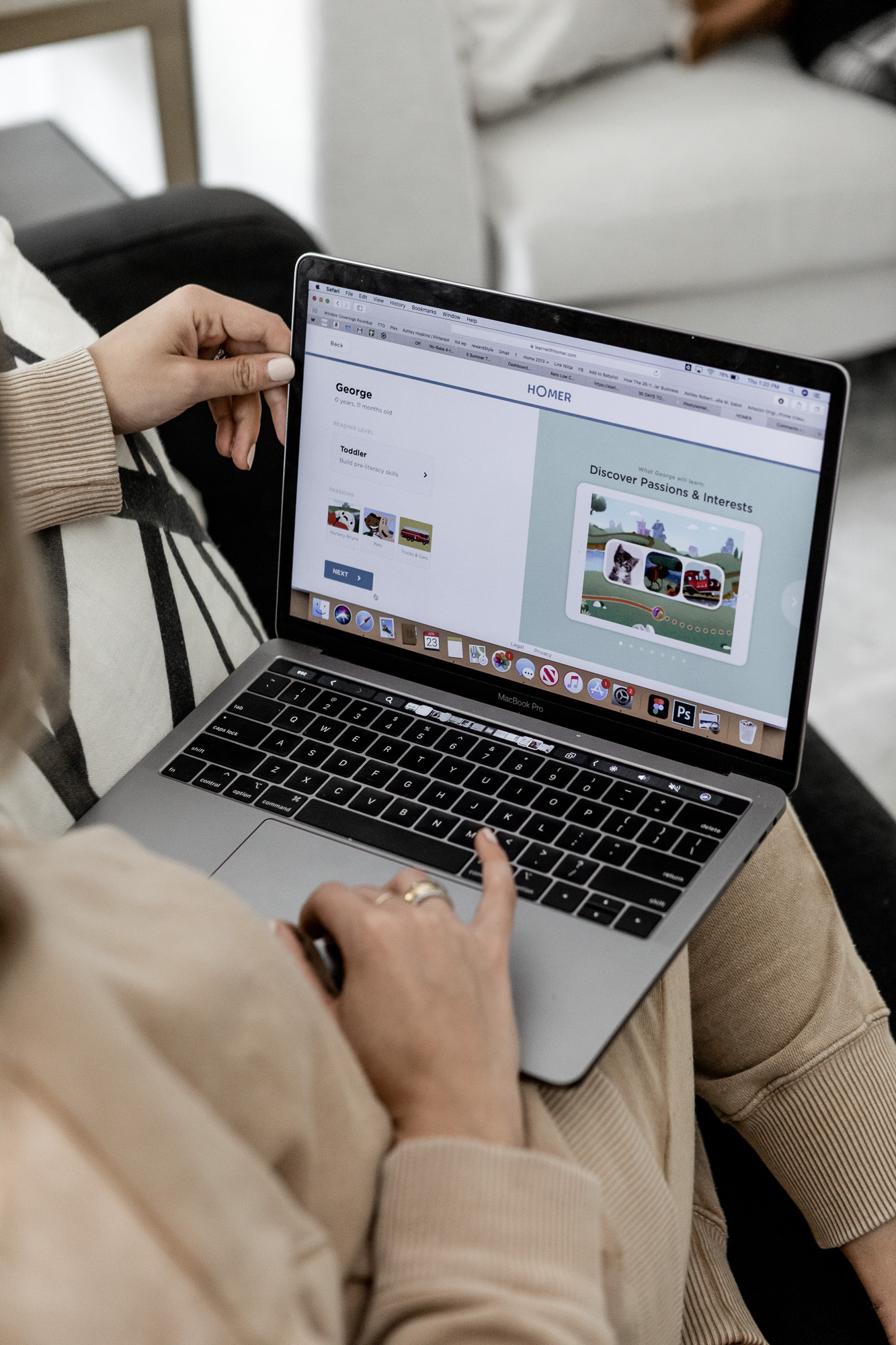


HOMER
I’ve mentioned Homer a few times, but I’m so excited to share about it with you guys here and break down how you can use it both now and post-quarantine to continue your child’s education outside the classroom. Homer is an early learning program that you can access through their app or your computer. It provides personalized, fun and proven learning products for children ages 2-8. Your membership gives you access to both their learning products – Stories and Reading. A lot of my teacher friends are using this with their own kids as well — it’s a solid choice for an education resource.
Stories is all about exposing your child to hundreds of interactive and animated stories that live within the Homer app. The stories are curated specifically to your child based on their interests. So when you join Homer, they start by asking you all about your child’s unique interests from animals to fairy tales to space, etc. Then they’ll curate your child’s personalized library filled with stories that include topics they’re most interested in based on how you answered. Homer has learned this is an effective way to not only expose your child to all kinds of different stories but when they love the subject of the stories they’re reading, it encourages them to keep reading and explore their customized library.
The Reading product from Homer focuses more on developing reading skills through ABCs, phonics and sight words. Your child will start letter tracing and building working memory and storytelling skills. Learn more about the Reading product here!
George is a little young to start using Homer now, but I can’t wait to get him a membership next year. If you’re interested, you can try it for free for 30 days and then pay a monthly fee of $7.95 (or $79.95 annually, which comes out to less than doing it monthly) for one membership. You can have up to four customizable profiles per membership, so it works great for families!
ABC TREASURE HUNT
This is a great weekend or quarantine activity that sneaks in education without your kids even noticing! First, make a checklist for your children — if you have a clipboard, let them use that, it feels extra important!  The checklist should include all the letters of the alphabet. If they’re younger and just learning the ABCs you can start with only the first three to five letters. Then the fun starts! Send them on a hunt around the house for objects that start with the letters, one letter at a time. When they finish, have them pick a few of their favorite objects and write a “story” (aka a few sentences) about each one. This can help them build their vocabulary and sentence building skills!
The checklist should include all the letters of the alphabet. If they’re younger and just learning the ABCs you can start with only the first three to five letters. Then the fun starts! Send them on a hunt around the house for objects that start with the letters, one letter at a time. When they finish, have them pick a few of their favorite objects and write a “story” (aka a few sentences) about each one. This can help them build their vocabulary and sentence building skills!
MOTOR SKILLS ACTIVITIES
If your kids are a bit younger, George’s age for example (he’s almost 1! I can’t believe it!), motor skill activities are great, small ways to start incorporating education into their routine. We like to take a handful of Cheerios and loop them on a kabob skewer — we only had pipe cleaners in the house but if you have a kabob that is m This makes George look at the Cheerios in a new way as he has to figure out how to get them off the skewer if he wants to eat them! Plus it usually distracts him just long enough for me to sneak in at least half a cup of coffee.
BOOK DROP
I came across this activity recently and thought it was such a cute idea. If you have a toddler that’s obsessed with slipping mail into the dropbox or returning library books, you’ll definitely want to create an at-home book drop. All you need is a decent size box that you can cut a slit in just large enough for books to move through. Set the box up with the slit facing up, bring out a pile of books and let your toddler go – so easy! As George starts to walk and hold himself up more, this is definitely something we’re going to do to not only entertain him but to also work on his balance.
A few of our favorite books right now include: If I were a Bunny , My First Shapes , and the Peter Rabbit Teether Book
MATH SALUTE CARD GAME
I had to include some math, but don’t worry parents, this will hopefully feel much more approachable than some of your kids’ homework, ha! Grab some index cards or sheets of paper cut in half and write numbers 1 through 10 on them (you could also use a deck of cards). You’ll need three people to play — two to draw cards and one to lead. Designate who your leader is (usually mom or dad) while the other two people choose a card without looking at the number written on it and hold it up on their forehead. The leader will then hint at what the numbers are on each person’s forehead by saying things like, “the sum of the two numbers is X” or “the difference between the two numbers is X”. It’s a fun game that only includes some math, but critical thinking! Perfect for lower to mid-elementary age kids!

